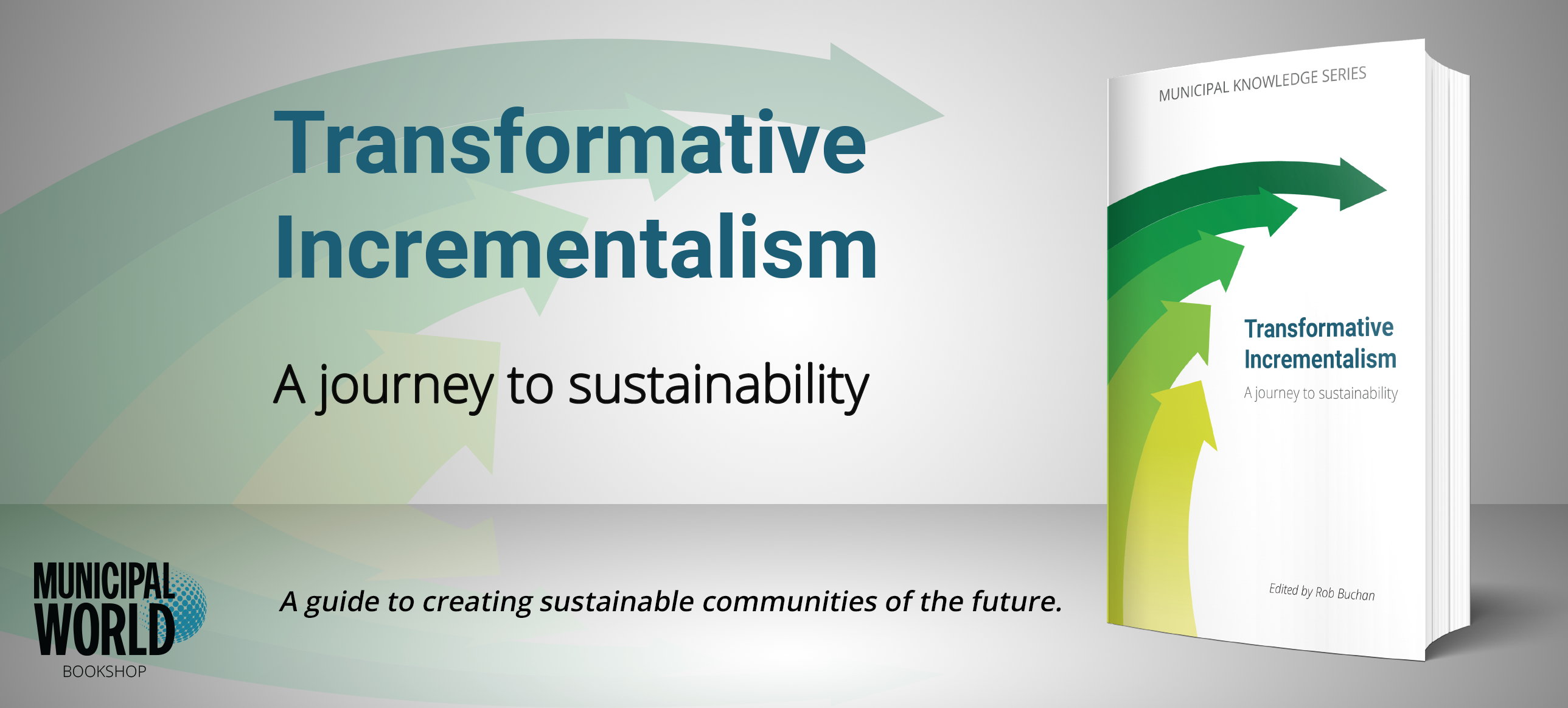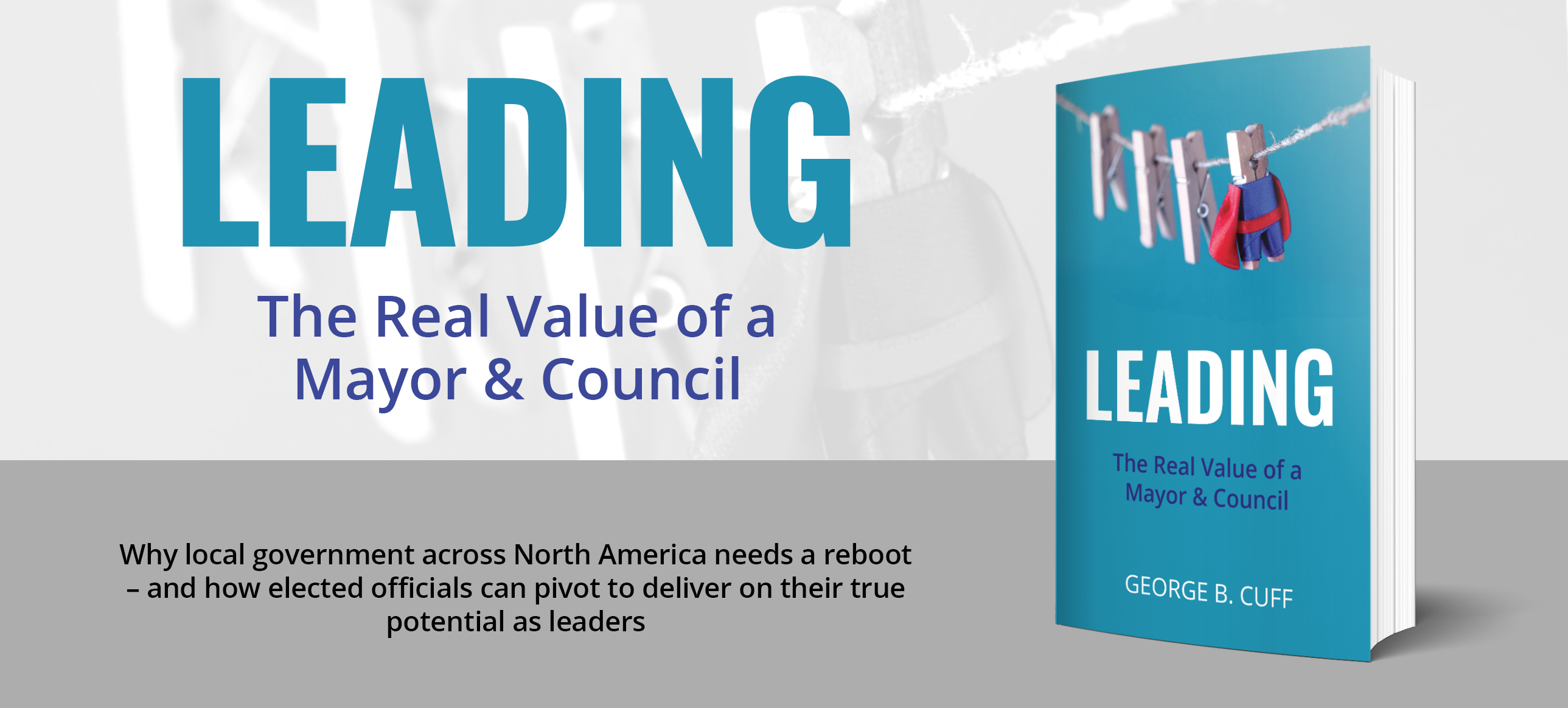Recruitment and retention

For many organizations and their hiring authorities, the recruitment and selection of qualified candidates is a constant struggle. What surprises me is how many postings for municipal HR positions include the phrase “responsible for full recruitment cycle,” which translates to “full circle” and is basically an admission that it’s a revolving door at the Town of XYZ. I think it’s time to step away from the notion that recruitment is cyclical and that churn is the norm.
Hiring and firing is an extremely painful and expensive process when it’s run by people who hire based on emotion. I often hear, “We hired her because we liked her,” or “He seemed like a nice guy in the interview.” A stunningly high number of managers, department heads, and business owners make hiring decisions on the fly, ignoring the huge impact that a single bad hiring decision can have on the bottom line, the culture, and morale. In their book Who, Geoff Smart and Randy Street state that the average hiring mistake costs 15 times an employee’s base salary.
Despite a bad track record, executives, department heads, and supervisors often insist on following the same flawed process, clinging to faint hope for a different outcome. Bill Watters, former Assistant GM of the Toronto Maple Leafs, once described this tendency as an “outlandish commitment to error.” When turnover is high, it’s a matter of common sense that the approach needs to be changed for a different outcome. As talk show host Rush Limbaugh says, “The likelihood of something happening that has happened before is much higher than the likelihood of something happening that has not happened before.”
Errors by Recruiting Managers
A key factor is that, all too often, the wrong people get promoted to positions of authority. According to a 2015 Gallup survey, 82 percent of managers are miscast in their roles. These people don’t need advice from HR – they govern by gut and get their adrenaline rush from thinking they’re James Bond in a corner office. Once a bad hire is on board, and everyone in the organization knows the performance just isn’t there, the CAO procrastinates on pulling the plug. As John Wilson wrote in Great CEOs and How They Are Made, “One of the biggest reasons CEOs fail to build a team of A players is the false belief in their ability to ‘develop’ a direct report who is not performing.”
While we have various electronic tools at our disposal to filter applications, we should never remove the human element from the recruitment and talent management process and let software dictate outcomes. There is still a need for sound judgment after we do our due diligence. HR is a serious profession, but not an exact science. There are tons of anecdotes out there about how common sense, an open mind, and a focus on opportunities can play a positive role in recruitment. When it comes to employment decisions, the human factor is crucial in spotting attitude, or work ethic.
Bad Attitudes Ruin the Day
There is, of course, a difference between good attitude and bad attitude, and employers have a lot of control over the organization’s destiny in the recruitment stage. This is where we can gauge the attitude that people bring to work, what brings them to work, and whether they believe in collaboration, making a difference and aligning their behaviours with the organization’s values and mission. LinkedIn founder Reid Hoffman is a strong believer in reaching out to references: “References actually tell you how people work, what their work ethic is.”
An example of bad attitude is Candidate X, who gets his application to you three ways: online through the portal, then via email, and finally by regular mail. He states in his cover letter that he is an awesome candidate, available to start work immediately, and then, when contacted, requests a Skype interview with time zone allowance from his vacation address in Sweaty Palms, California.
Another example of bad attitude happened to one of my clients recently. The company owner got a call from one of his employees who advised his boss that he’d received an offer from a competitor and asked his boss to take a look at his new contract and make sure it was all good. Icing on the cake: the employee also asked if he could bring the new delivery truck he’d been promised, so that his current employer could check whether the truck was in a good state of repair.
Bad attitudes reside at all levels. A few years ago, I interviewed with a company that wanted to hire a Director of HR, which would be a new position. The company was looking for a superstar and it was all about respect, values, doing the right thing, and ensuring that employees were fully engaged. My first interview, with the CEO, was great; he asked relevant questions, explored how we could build a mutually beneficial relationship and, in general, his entire demeanour matched what I had read about the culture and in the execs’ online bios. I came away inspired and excited.
My second interview, with the chair of the board, was a disaster. The man arrived an hour late, had no idea why I was there, hadn’t read my resume, and wondered why I would consider giving up self-employment to join a corporate entity. He wore a ketchup-stained t-shirt and leaned back in his chair with his hands folded behind his neck, offering me a good look at his clammy armpits. After an hour of his firing off disrespectful questions and venturing into various forbidden areas, I cut short my own questions to wrap it up. After cooling down for two days, I contacted the CEO and withdrew my candidacy. I made sure he knew why …
Great Attitudes Can Win Them
An example of great attitude: in November 2004, I attended an HR Summit in Toronto, hosted by Spencer Stuart. The keynote speaker was Major-General Lewis MacKenzie. On the topic of motivation, he relayed how he had gone to Harlem and spent some time with people running a halfway house. The place was a mess and people were being killed in the street on a regular basis. One man, supposedly in charge, was sitting in a dirty office, sleeping half the time, his jacket covered with cigar ashes. MacKenzie then heard that one of the workers, who was about to wrap up his two-year assignment, had volunteered for another two years. MacKenzie went to see him and asked why. “You see that man over there?” asked the worker, pointing at the cigar smoker. “That man is my boss, and I would do anything to continue working for him.”
Last month, I was interviewing candidates for a warehouse position. Each of them had been prescreened for the required skills, so I focused on learning about their work ethic and whether they had contributed ideas in current and previous jobs. One candidate had an excellent example.
At his former place of work, they followed a process in which three people would handle car parts, with each worker handing each part to the next.
The candidate had suggested building a conveyor that would do away with physical lifting and carrying. This eliminated a lot of injuries, which meant fewer people on short-term disability or long-term disability, and productivity went up. The investment had been recouped within a year and the company had recognized him for the idea.
A recruiter friend recently told of a candidate who had come to Canada from overseas years ago. In his native country, he had been an engineer with experience in construction. He arrives in Canada and registers with a temp agency. A couple of days later, he gets a call asking whether he has any planning experience. He replies that he does, as he had planned production for the last industrial company where he worked. The temp agency’s client, one of Canada’s biggest employers, offers him an eight-week contract. He goes in on his first day and realizes he’s been hired as a category analyst, and the planning he’s expected to do is planograms, which is a term he never heard before. So, what does this brave new Canadian do? He puts his head down, bluffs his way through the first day, smiling at his coworkers and using his shiny new company coffee mug. He goes home at the end of the day and researches everything he can about planograms. He continues doing this day after day, searching the internet in the evening and during his lunch break, learning how to do this job. When his eight weeks were up, the company offered him a fulltime position and he has had a rewarding career as a category analyst ever since.
The Slackers
A special brand of attitude is found among slackers. Sometimes, you can’t help but smile at their creativity. I recall a story from a gentleman who called in to Talk640 some 10 years ago, on the theme of “time theft.” His theory was that people will always notice when you come in five minutes late or extend your lunch break. Punctual coworkers tend to resent this kind of behaviour. Whether these coworkers are productive is irrelevant – at least they are at their desks when they’re supposed to be. The caller said that he and a colleague had worked for a government entity in Toronto, which remained nameless. They would come in on a Tuesday morning, have a coffee, and start packing binders and notebooks into boxes, which they would carry out to their cars, in full view of the entire office, and then disappear for two or three days. Upon their return, usually mid-afternoon, they’d return with their boxes and stuff the binders back into filing cabinets, sighing from exhaustion, after which they would sit down and type at their computers, again in full view of everyone.
They would repeat this about every couple of weeks and nobody ever asked any questions. Their colleagues assumed that they were attending conferences or at meetings. In reality, they’d be working in their backyards, going shopping, and drink coffee. Since they executed their departures and arrivals so openly, no one thought anything of it. When the radio host asked how long the caller and his colleague had been able to “work” this way, the caller said they had continued it for a few years and then moved on to other jobs. Moral of the story: if you don’t want to arouse suspicion, do it in a big way.
Conclusion
On a final note, HR practitioners can play a key role in pushing back against biases, preconceived notions, and assumptions that exist at management level – especially among executives who think of HR in terms of payroll and birthday cakes. A friend recently commented how hard it can be to get qualified candidates in front of a client although they may have the right attitude, but the skills aren’t exactly what the employer considers vital. My experience is the same; and, the irony is, once employers have seen the candidate, they often conclude that, on second thought, skills are trainable, but attitude is not. This is where HR people need to show some attitude as well. MW
EVERT AKKERMAN is an HR Professional based out of Newmarket, Ontario and founder of XNL HR. In September 2015, he won the inaugural Randstad Canada Professionals Talent Award for Innovation in HR. In November 2016, he was chosen as one of the Top 25 HR practitioners in Canada by the Canadian HR Reporter. Evert can be reached at .
as published in Municipal World, July 2017



